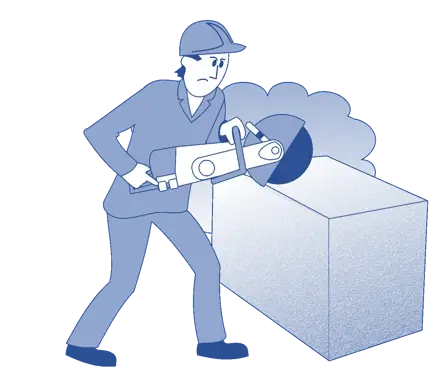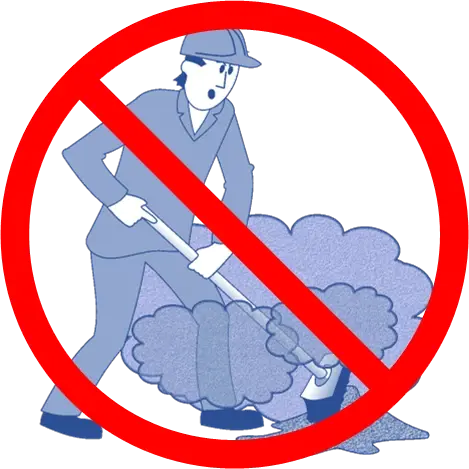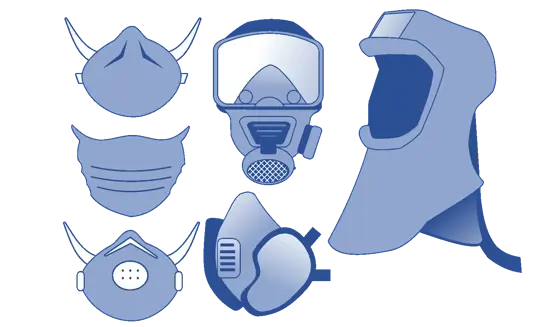Why Is Training Essential for Dust Control?
Even the best control measures fail without proper training. Workers, including cleaning and maintenance staff, should be trained to:
Understand the occupational health risks of airborne particles.
Use control measures correctly and check they are working.
Follow safe working practices, hygiene routines and emergency procedures.
Respond to dust-related emergencies or spillages.
Training should be refreshed regularly and adapted for new processes or equipment.
What Are Examples of Dust Hazards in Construction?
Construction workers often face hazards from cutting, drilling, grinding, and demolition. Common examples include:
Silica dust from concrete, stone, and brick can create fine dust particles.
Wood dust from sawing and sanding timber.
Cement dust from mixing and handling cement.
Construction dust requires a tailored control strategy, combining elimination, engineering controls, safe practices, and PPE.
How Does a Dust Risk Assessment Work?
A dust risk assessment involves:
Identifying dust hazards (type, source, quantity).
Determining who may be exposed (employees, contractors, the public).
Evaluating risk levels and selecting control measures.
Recording findings (required for 5+ employees).
Reviewing and updating regularly.
What Are Common Checklist Items for a Dust Risk Assessment?
A checklist helps ensure all hazards and controls are reviewed systematically.
Typical items include:
Identify dust sources and types.
Measure levels and compare with exposure limits.
Identify exposed people.
Assess the level of risk by determining the duration and frequency of exposure.
Evaluate existing controls.
Record findings and assign responsibilities.
Schedule review dates.
Employers can adapt our dust risk assessment template for their workplace. To learn more about Types of Dust in the Workplace, check our Knowledge Bank.
Are There Tools or Technologies to Monitor and Manage Dust Levels?
Yes. Modern technology allows continuous monitoring and better control of airborne dust levels.
Examples include:
Personal monitors — worn by workers to measure exposure.
Fixed monitors track particulate levels in specific areas.
Real-time particle counters provide instant readings.
LEV systems with airflow sensors — to ensure performance.
Automated suppression systems mist or foam large areas.
Data logging software — to track and report on hazardous matter trends.
These tools support compliance with COSHH regulations and help verify that measures are effective.
Final Thoughts: Managing Dust Hazards Effectively
Managing dust hazards is not only a legal duty but also a key part of keeping your workplace safe and productive. By following the hierarchy of control, from elimination to PPE, and combining measures with regular training, you can significantly reduce exposure risks.
Further Learning
If you want to improve your team’s understanding of hazards and control measures, our Dust Awareness Training Course covers:
Understand the dangers of dust exposure in the workplace.
Be aware of the regulations surrounding dust.
Understand the main methods used to prevent and control exposure to dust.





